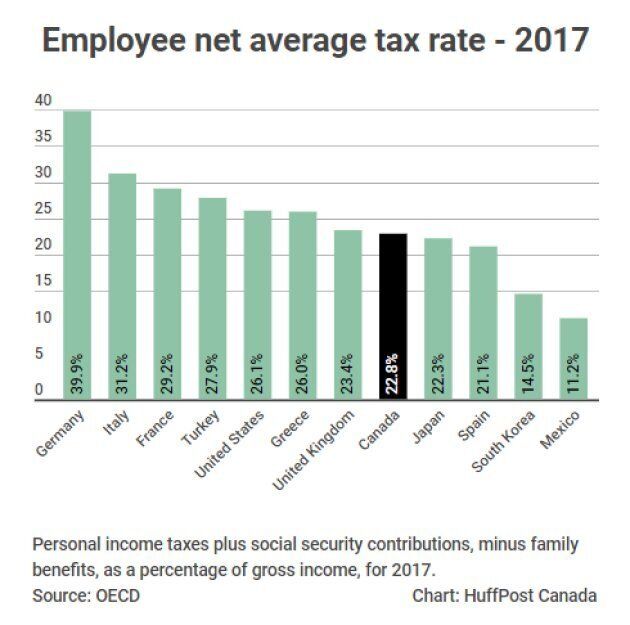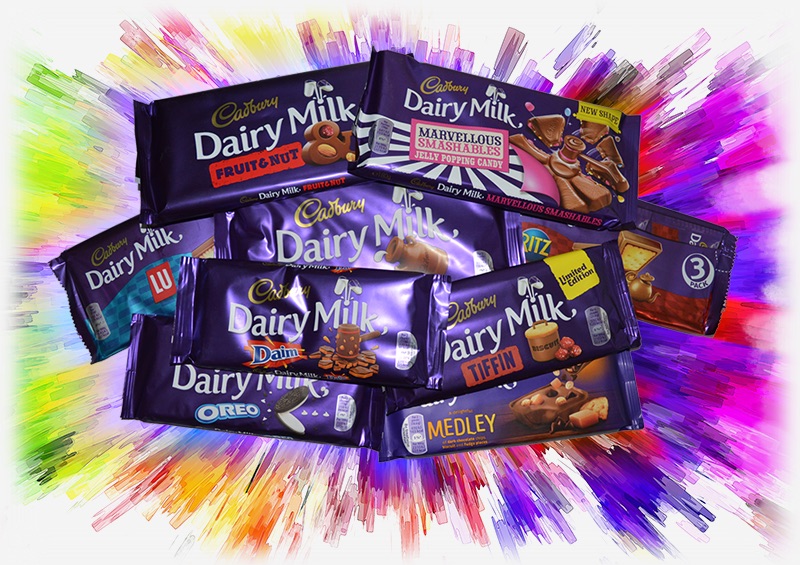Contents
The first blockchain and cryptocurrency officially launched in 2009, beginning the path of blockchain’s impact across the tech sphere. A blockchain is a digital ledger or database where encrypted blocks of digital asset data are stored and chained together, forming a chronological https://cryptolisting.org/ single-source-of-truth for the data. The next major impact is in the concept of TRUST, especially within the sphere of international transactions. Previously, lawyers were hired to bridge the trust gap between two different parties, but it consumed extra time and money.

Any enterprise considering whether to implement a blockchain application should first consider whether it really needs blockchain to achieve its objectives. Blockchain does indeed have several significant benefits, particularly in security, but it’s not a replacement for all database needs. In early 2020, blockchain company Theta Labs partnered with Google Cloud. The partnership will allow Google Cloud users to deploy and run nodes from Theta’s blockchain network.
1.6.2 Consortium blockchain
The move allows the company to start offering options on bitcoin to institutional investors this year, making it the first federally regulated bitcoin options exchange. Those watching these developments closely anticipate that the institutional uptake of cryptocurrency trading on regulated platforms could pave the way for consumer ETFs offering cryptocurrencies in the near future. A database of information from multiple transactions, similar to a page in a ledger. Each block is time stamped, and those time stamps are used to order the blocks as they’re added to the blockchain. Blockchain is protected by business-grade cryptography, but no technology is 100% secure.

Decentralized blockchains are immutable, which means that the data entered is irreversible. For Bitcoin, this means that transactions are permanently recorded and viewable to anyone. Blockchain is a type of shared database that differs from a typical database in the way that it stores information; blockchains store data in blocks that are then linked together via cryptography.
And disputes can be resolved easily by participants’ validating previous blocks. With our framework, executives can figure out where to start building their organizational capabilities for blockchain today. They need to ensure that their staffs learn about blockchain, to develop company-specific what is 3x short trx token applications across the quadrants we’ve identified, and to invest in blockchain infrastructure. A recent experiment at MIT highlights the challenges ahead for digital currency systems. In 2014 the MIT Bitcoin Club provided each of MIT’s 4,494 undergraduates with $100 in bitcoin.
How to Invest in Blockchain
Using this technology, participants can confirm transactions without a need for a central clearing authority. Potential applications can include fund transfers, settling trades, voting and many other issues. Popularized by its association with cryptocurrency and NFTs, blockchain technology has since evolved to become a management solution for all types of global industries. Today, you can find blockchain technology providing transparency for the food supply chain, securing healthcare data, innovating gaming and overall changing how we handle data and ownership on a large scale. Bitcoin is a digital currency that was first introduced in 2009 and has been the most popular and successful cryptocurrency to date. Bitcoin’s popularity is attributed to its decentralized nature, which means it doesn’t have a central authority or bank controlling its supply.
- This means that Blockchain is distributed across a network of computers, while the cloud is stored on a central server.
- For all of its complexity, blockchain’s potential as a decentralized form of record-keeping is almost without limit.
- Your financial situation is unique and the products and services we review may not be right for your circumstances.
- We’ve developed a framework that maps innovations against these two contextual dimensions, dividing them into quadrants.
- In a digital world, the way we regulate and maintain administrative control has to change.
Also known as distributed ledger technology , it can be programmed to record and track anything of value across a network spread around multiple locations and entities. Cryptocurrencies are digital currencies , like Bitcoin, Ethereum or Litecoin, that can be used to buy goods and services. Just like a digital form of cash, crypto can be used to buy everything from your lunch to your next home. Unlike cash, crypto uses blockchain to act as both a public ledger and an enhanced cryptographic security system, so online transactions are always recorded and secured. Blockchain, sometimes referred to as distributed ledger technology , makes the history of any digital asset unalterable and transparent through the use of a decentralized network and cryptographic hashing. Ripple uses a decentralized network of computers to keep track of all transactions made using the currency.
Digital ID
Blockchain can be defined as a distributed ledger that keeps a record of all transactions in a distributed peer-to-peer network of multiple nodes. Today’s businesses are turning to enterprise blockchain for transparency and security. Organizations are searching for a simple blockchain definition to help them understand this emerging, “distributed ledger” technology. Here’s what savvy companies need to know about what it is, why it matters, and how it works.
For example, Helium miners cost roughly $500 and mint HNT using the ‘proof of coverage’ consensus protocol to verify new blocks. Get started with cryptocurrency mining by reading our short guide on Bitcoin mining. Blockchain networks like Bitcoin use a lot of electricity to validate transactions, leading to environmental concerns. For example, Bitcoin consumes more electricity than a small, medium-sized European country, and Bitcoin mining is threatening China’s climate change goals. Security is the ability of a blockchain to be protected from attacks.

For example, ID papers have traditionally been issued and monitored by governments. But digitally-issued identification via blockchain could be a more secure mechanism. A smart contract is a piece of computer code that describes a transaction step by step. It can connect to multiple blockchains, tracking multiple assets, so it can swap those assets as needed to execute the transaction. It’s a bit of cryptographic math that makes the links between blocks virtually unbreakable. On the network, the record is combined with other transactions into a block—like a traditional computer database.
Blockchain, digital currency, cryptocurrency and Bitcoin explained
This means there is no single point of failure in a blockchain system. Another advantage of Blockchain is that it is more transparent than traditional finance. The block contains a digital signature, a timestamp, and other important, relevant information. It should be noted that the block doesn’t include the identities of the individuals involved in the transaction. This block is then transmitted across all of the network’s nodes, and when the right individual uses his private key and matches it with the block, the transaction gets completed successfully.
No matter what the context, there’s a strong possibility that blockchain will affect your business. Like TCP/IP , blockchain is a foundational technology that will require broad coordination. The level of complexity—technological, regulatory, and social—will be unprecedented.
Most chains are led by a dedicated developer team that continues to build and improve it. These improvements need to be approved by the community that uses the chain, those who hold the native currency of the chain. People often mix up blockchain technology and crypto; as time progresses Web3 is now also getting lost in the lexicon of blockchain. The truth is that it is not difficult to divide these concepts in your mind, but you do need to understand how they differ first. A more practical solution is for participating companies to share their inventory flows on a blockchain and allow each company to make its own decisions, using common, complete information. Companies would utilize a kanban system to place orders with one another and manage production.
Connecting Blocks into a Chain
Several major publishers, including Ubisoft, Electronic Arts, and Take Two Interactive, have stated that blockchain and NFT-based games are under serious consideration for their companies in the future. Banks such as UBS are opening new research labs dedicated to blockchain technology in order to explore how blockchain can be used in financial services to increase efficiency and reduce costs. In 2016, venture capital investment for blockchain-related projects was weakening in the USA but increasing in China.
Some early success in piloting this approach in the United States has led the company to conduct more pilots in other locations and to move toward broad implementation in Europe. Meanwhile, IBM is working on a similar effort to create a safer food supply chain. It has founded the IBM Food Trust and entered into a partnership with Walmart to use blockchain for tracing fresh produce and other food products.
For example, a smart contract might send a payment to a supplier as soon as a shipment is delivered. A firm could signal via blockchain that a particular good has been received—or the product could have GPS functionality, which would automatically log a location update that, in turn, triggered a payment. We’ve already seen a few early experiments with such self-executing contracts in the areas of venture funding, banking, and digital rights management.

Recent Comments